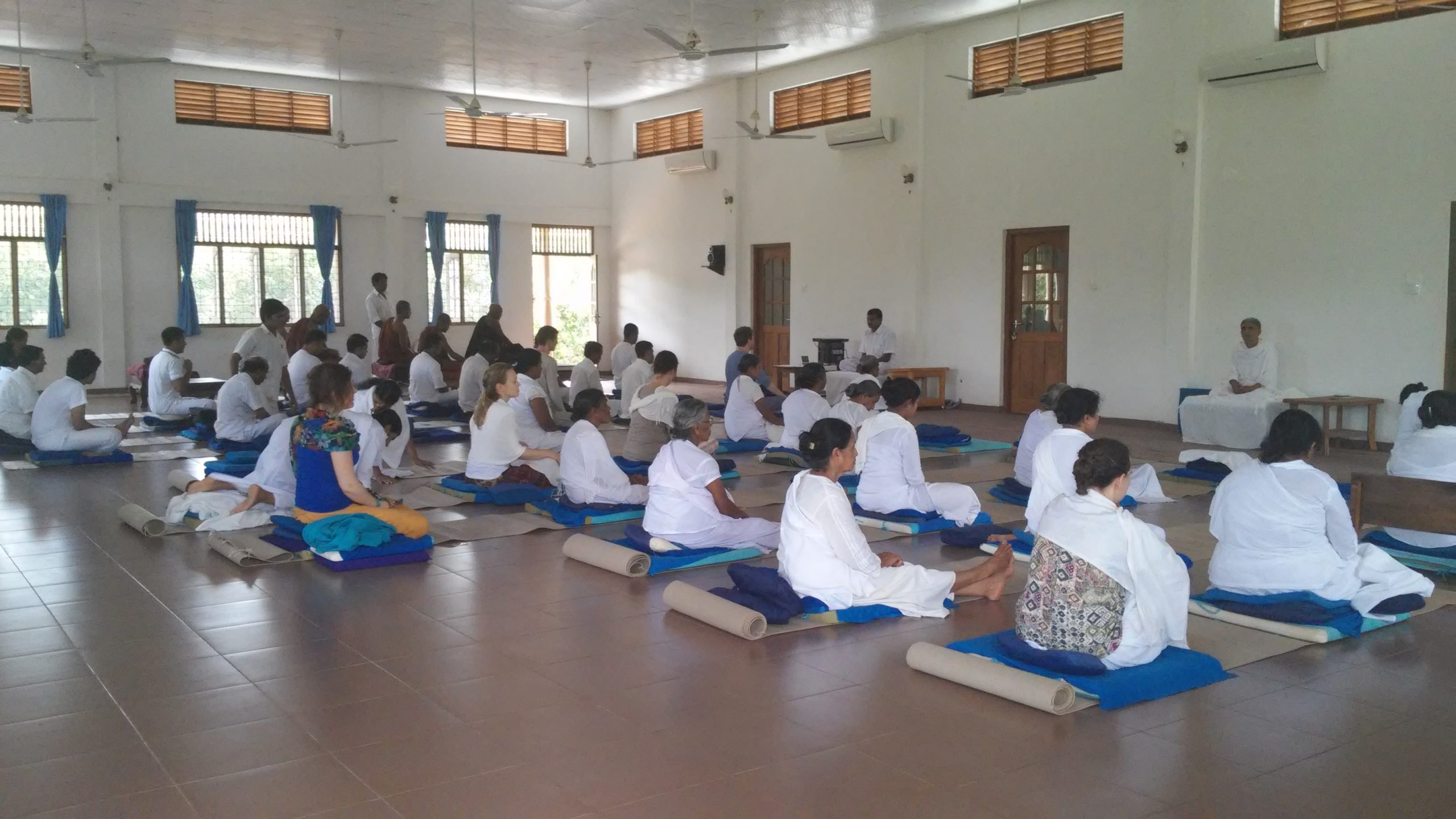Recently someone who was having a certain difficulty in meditation sent me a question and wanted some help: “What forms of meditation are as effective as Zen in helping one become mindful? I have mild cerebral palsy and sitting still, relaxing and focusing on my breath is hard. The thought of sitting down to relax makes me even tenser.” There may be many people facing such a problem. According to Wikipedia: Cerebral palsy (CP) is a group of permanent movement disorders that appear in early childhood. Signs and symptoms vary among people and over time. Often, symptoms include poor coordination, stiff muscles, weak muscles, and tremors. There may be problems with sensation, vision, hearing, swallowing, and speaking.
The question arises: Can such people meditate? And the answer is yes, big yes. The regular way of the Zazen, the Zen sitting may not be suitable to such people. But Vipassana is the alternative and it can be done in various ways. Because in this meditation you need not focus on your breath. Sitting comfortably, or lying down on the bed, you can do vipassana. Osho explains it beautifully, in one of his discourses Ancient Music in the Pines: “If you relax, you accept; acceptance of existence is the only way to relax. If small things disturb you then it is your attitude that is disturbing you.Sit silently; listen to all that is happening all around, and relax; accept, relax — and suddenly you will feel immense energy arising in you. That energy will be felt first is a deepening of your breath.
“Ordinarily, your breath is very shallow and sometimes if you try to have deep breaths, if you start doing Pranayam, you start forcing something, you make an effort. That effort is not needed. You simply accept life, relax, and suddenly you will see that your breath is going deeper than ever. Relax more and the breath goes deeper in you. It becomes slow, rhythmic, and you can almost enjoy it; it gives a certain delight. Then you will become aware that breath is the bridge between you and the whole. Just watch. Don’t do anything. And when I say watch, don’t TRY to watch, otherwise, you will become tense again, and you will start concentrating on the breath. Simply relax, remain relaxed, loose, and look…because what else can you do? You are there, nothing to be done, everything accepted, nothing to be denied, rejected, no struggle, no fight no conflict, breathing going deep — what can you do? You simply watch. Remember, simply watch. Don’t make an effort to watch.”
The literal meaning of Vipassana is watchfulness and Mindfulness. This word Mindfulness is spreading all around the world, in the schools, colleges, universities, corporate offices, jails, and all kinds of institutes, except the parliaments of politicians ( where they have no time or intention to become intelligent and sensitive human beings) like wildfire. And if it is done sincerely it can cure many mental sicknesses and the epidemic of destructive ego. Meditation or Mindfulness can be used as a regular dose of medicine for many modern ailments. Down the centuries, thousands of people have tried and tested this wonderful cure, which does not cost any money. Just learn it and keep doing simply in your home or wherever you happen to have some time for yourself. The emphasis of Vipassana is watching yourself in passive alertness.
In the same discourse, Osho concludes: This is what Buddha has called VIPASSANA — the watching of the breath, awareness of the breath — or SATIPATTHANA — remembering, being alert of the life energy that moves in the breath. Don’t try to take deep breaths, don’t try to inhale or exhale, don’t do anything. You simply relax and let the breathing be natural — going on its own, coming on its own — and many things will become available to you.
And remember there is no need to focus–watching in passive alertness means inclusiveness of attention–whatever is happening within you and without you. Being concerned about focus can create a new tension. Avoid it. Be in choiceless awareness.





